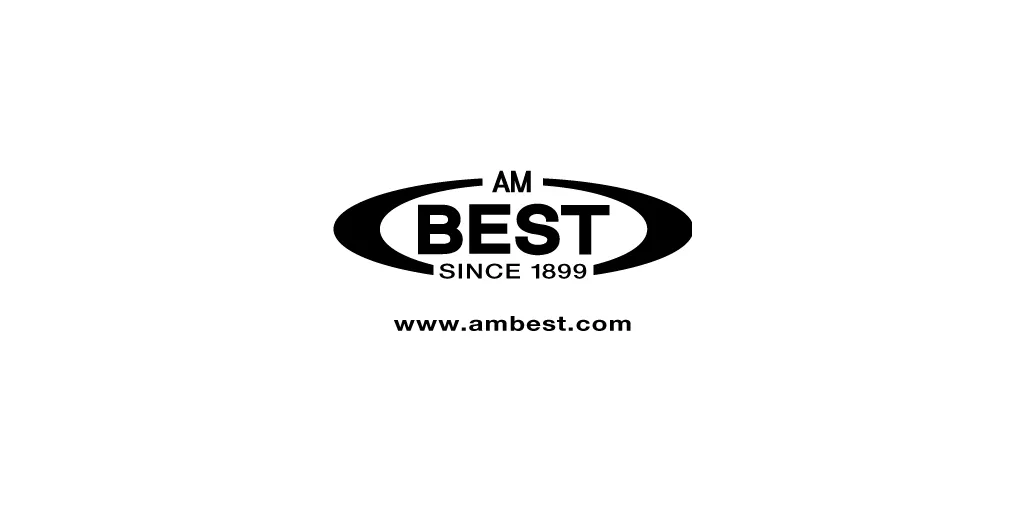
AM Best Upgrades Outlook to Positive for Grange Insurance Group Members
AM Best has recently revised the outlooks for Grange Insurance Group (Grange) from stable to positive, signifying an improvement in the company’s overall financial and operational performance. Additionally, AM Best has affirmed the Financial Strength Rating (FSR) of B++ (Good) and the Long-Term Issuer Credit Ratings (ICR) of “bbb+” (Good) for Grange Insurance Association and its fully reinsured subsidiary, Granwest Property & Casualty. Both companies, domiciled in Seattle, Washington, collectively form Grange Insurance Group.
Credit Rating and Financial Performance
The updated Credit Ratings (ratings) reflect several key factors, including Grange’s balance sheet strength, which AM Best categorizes as very strong. Additionally, the ratings take into account the company’s marginal operating performance, limited business profile, and its enterprise risk management (ERM) practices, which are deemed appropriate.
One of the key reasons for the positive outlook revision is the continuous improvement in Grange’s operating performance. Since 2021, the company has consistently generated pre-tax operating income, and this trend has extended through the end of 2024. While the company still experiences underwriting losses, the combined ratio has remained within a relatively narrow range over the past few years. The implementation of corrective actions has contributed to a reduction in severity compared to previous years, helping to stabilize underwriting performance.
Furthermore, net investment income has played a crucial role in mitigating the effects of underwriting volatility. As a result, pre-tax and total returns have shown a trend of aligning more closely with adequate composite averages. This improvement in financial performance has contributed to AM Best’s decision to revise Grange’s outlook to positive.
Balance Sheet Strength and Risk Management
Grange’s balance sheet strength is one of its key credit-supporting factors, and AM Best expects the company to maintain a very strong balance sheet position. This assessment is based on several aspects, including favorable loss reserve development trends and maintaining the strongest level of risk-adjusted capitalization.
In terms of business profile, Grange’s operations remain geographically concentrated, primarily within two states. The company focuses on providing personal lines coverage, which has presented challenges due to adverse conditions in the insurance market. The geographic concentration poses certain risks, including exposure to local economic fluctuations, regulatory changes, and weather-related catastrophes. These factors have contributed to persistent underwriting losses in recent years.
Despite these challenges, Grange has taken strategic measures to strengthen its financial position. The company has implemented underwriting adjustments and adopted improved risk mitigation strategies to enhance profitability. These actions demonstrate Grange’s commitment to financial stability and operational efficiency.
AM Best has also evaluated Grange’s enterprise risk management (ERM) practices and considers them appropriate for the company’s risk profile. The ERM framework includes regular reviews of mitigation strategies for key risks, along with comprehensive stress testing to assess the potential impact of adverse scenarios. By maintaining a structured ERM approach, Grange aims to enhance its resilience against market uncertainties and financial volatility.
The revision of the outlook from stable to positive signifies AM Best’s confidence in Grange’s ability to sustain its improving financial performance. While challenges remain, the company’s strategic initiatives have begun to yield positive results. If Grange continues on this trajectory, it may be well-positioned for a potential future ratings upgrade.

For policyholders and stakeholders, the positive outlook provides assurance regarding Grange’s financial stability and long-term viability. Maintaining strong capitalization levels, coupled with ongoing improvements in underwriting practices, strengthens the company’s ability to fulfill policyholder obligations and manage future claims effectively.
However, AM Best will continue to monitor Grange’s performance closely. Any significant deviations from its current progress, such as deteriorating underwriting results or weakening capitalization levels, could impact future rating assessments. Conversely, sustained improvements in underwriting profitability and risk management could lead to further positive developments in Grange’s credit ratings.
Grange operates in a competitive insurance landscape, where market conditions can significantly influence financial performance. The personal lines insurance sector has experienced various challenges, including rising claims costs, regulatory changes, and economic uncertainties. Insurers must adapt to evolving industry trends and enhance operational efficiency to maintain financial stability.
One notable factor affecting the industry is the increasing frequency and severity of natural disasters. Insurers with concentrated geographic exposures, like Grange, face heightened risks related to catastrophic events. To address these risks, companies are investing in advanced data analytics, catastrophe modeling, and reinsurance programs to strengthen their risk management capabilities.
Another key industry trend is the adoption of technology-driven solutions to streamline operations and improve customer engagement. Insurers are leveraging artificial intelligence, machine learning, and digital platforms to enhance underwriting accuracy, claims processing efficiency, and overall service delivery. Grange’s ability to integrate such innovations into its operations may play a crucial role in sustaining its competitive position in the market.
Grange’s financial performance will depend on its ability to navigate industry challenges effectively. Continued focus on underwriting discipline, capital management, and risk mitigation strategies will be essential in achieving long-term profitability and stability. The company’s proactive approach to addressing underwriting losses and improving investment income will be key determinants of its future rating trajectory.





